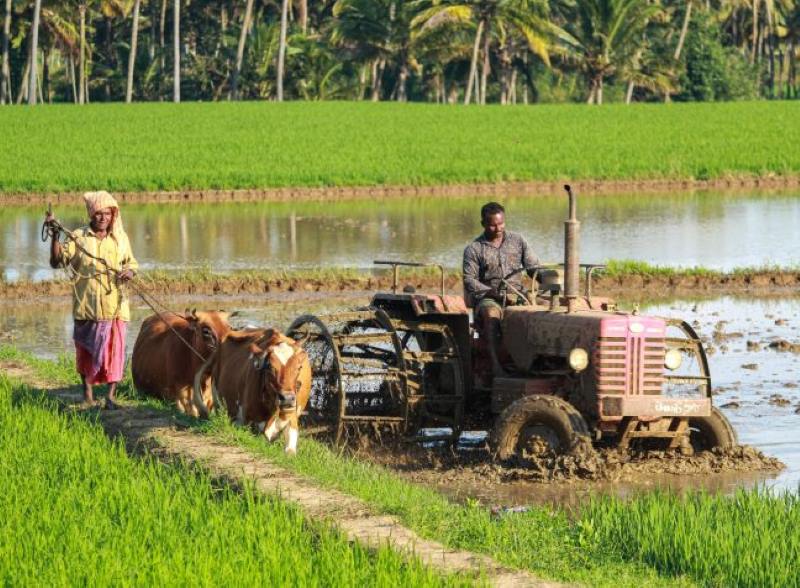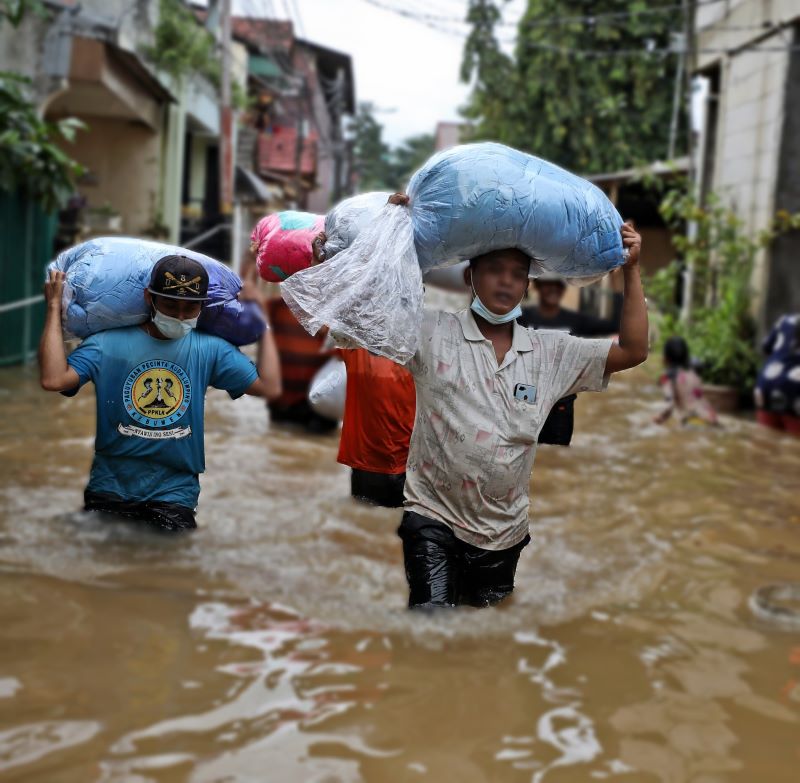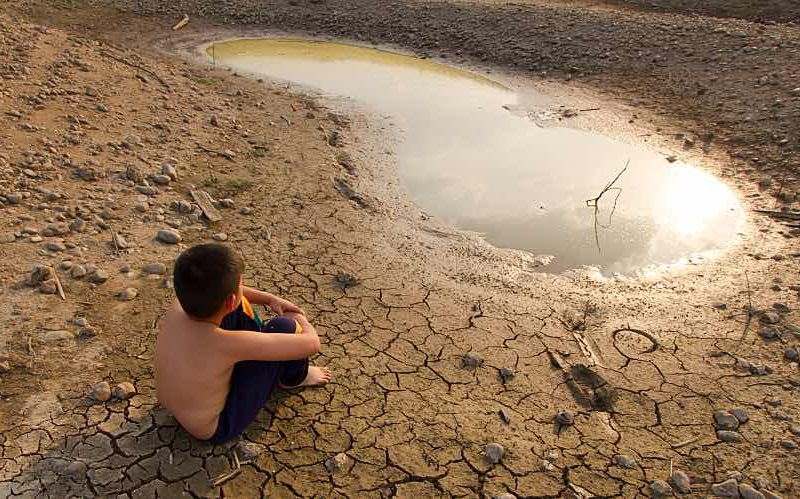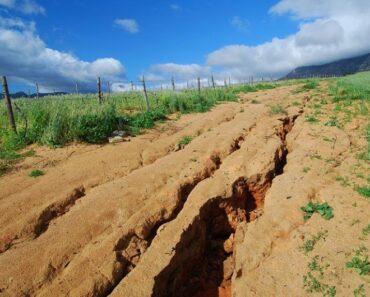8. Displacement of Communities

As certain areas become uninhabitable due to extreme weather events or rising sea levels, people are forced to leave their homes. This displacement can lead to overcrowded living conditions in safer areas, putting pressure on resources and infrastructure in those regions. It also means losing ancestral lands and cultural heritage.
9. Impact on Education

Extreme weather can disrupt schooling. For instance, floods or hurricanes can damage schools and make roads impassable, causing prolonged closures. Children in drought-affected areas might have to help their families find water or food, missing out on education.
10. Mental Health Challenges

The stress of dealing with the impacts of climate change, like losing a home to a flood or worrying about future conditions, can lead to mental health issues. This includes anxiety, depression, and post-traumatic stress, especially in communities repeatedly hit by natural disasters.
11. Reduced Leisure and Outdoor Activities

Higher temperatures and polluted air can make it less safe to spend time outdoors. Activities like hiking, gardening, or playing sports can become less enjoyable or even dangerous during heatwaves or when air quality is poor.
12. Transportation Disruptions

Extreme weather events can damage roads, bridges, and railways, making travel difficult or unsafe. This disrupts daily commutes, delivery of goods, and can isolate communities. Air travel can also be affected by severe weather, leading to flight delays and cancellations.
13. Impact on Wildlife Watching and Tourism

Changes in climate and habitat are affecting wildlife patterns. This means fewer opportunities for activities like bird watching or seeing certain animals in their natural habitat. This can also hurt tourism in areas known for their wildlife or natural beauty.
14. Shifts in Agricultural Practices

Farmers have to adapt to changing conditions by altering what and when they plant. This might mean switching to crops that can tolerate drier conditions or using new farming techniques. These changes can be costly and risky for farmers.
15. Increased Insurance Costs and Financial Strain

As the risk of damage from floods, wildfires, and storms increases, insurance costs for homes and businesses go up. This financial strain can be especially challenging for people in vulnerable or low-income communities.
16. Alteration of Seasonal Cycles

Traditional seasonal cycles are shifting. Winters are shorter, and springs are arriving earlier in many places. This affects farming schedules, disrupts natural ecosystems, and can confuse plant and animal behaviours, like migration and hibernation patterns.
























